September 29, 2023
CTG NEW SEASON PREMIERE!
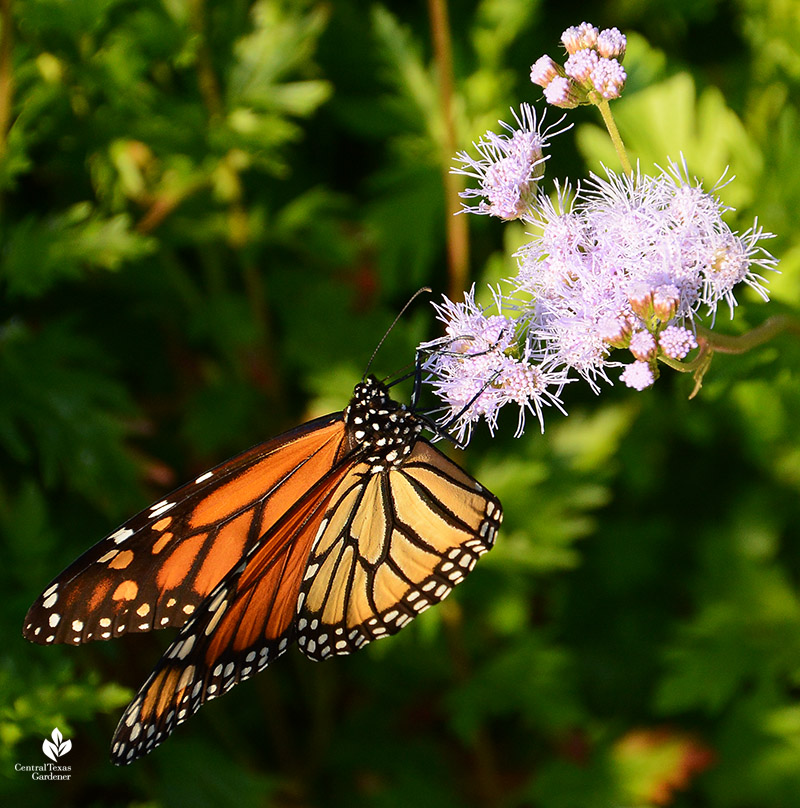
It sure doesn’t feel like fall, does it? Plants and wildlife know better, though, as daylight hours creep shorter, prompting fall flowers and butterfly migration.
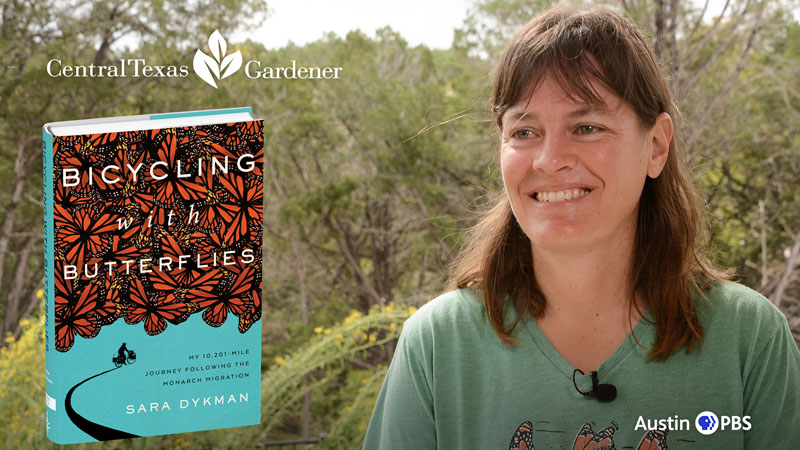
So, to premiere CTG’s new programs on October 7, we wanted you to meet Sara Dykman, author of Bicycling with Butterflies: My 10,201-Mile Journey Following the Monarch Migration. Did you know that monarch butterflies leaving Mexico in spring are not the same ones that return in fall? To chronicle the multi-generational journey, she pumped the pedals on a cobbled together bicycle.
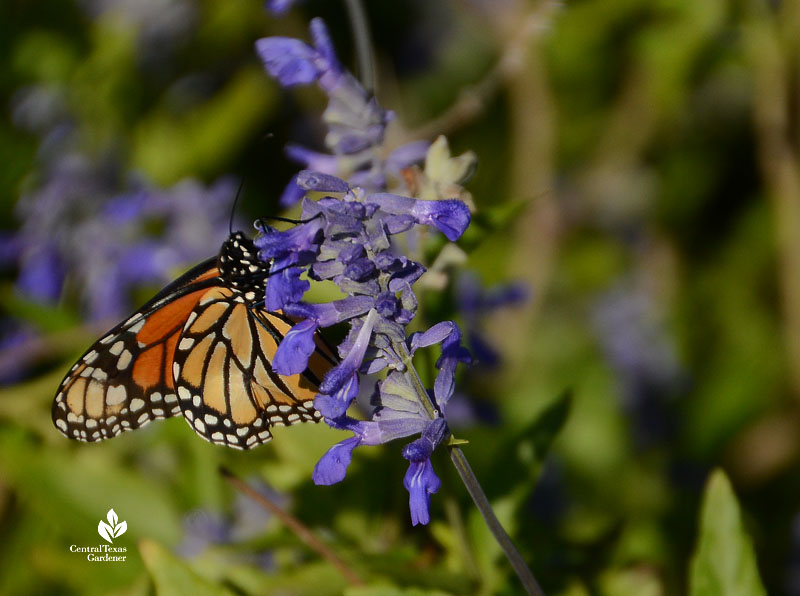
Sara’s adventurous trek illustrates how gardeners in three countries connect as stewards to help endangered wildlife of all kinds as more habitat falls prey to bulldozers.
Her conversation is especially important after one of the hottest (and driest) summers on record. This year’s monarchs (and other butterflies) face skimpy food supplies, as reported by Monika Maekle of the informative website Texas Butterfly Ranch. And, check out the family-popular Monarch Butterfly and Pollinator Festival on October 7 at San Antonio’s Brackenridge Park!
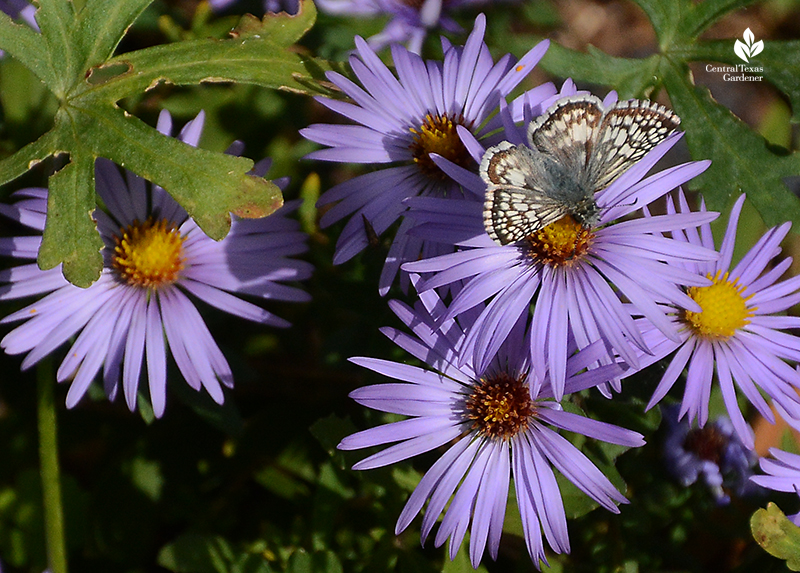
In my garden, fall aster is one of many plants that skipped right through this hot, dry summer. They’ll be in full bloom in just a few weeks (one early bird this week!) so I hope to spot another Checkered-Skipper butterfly.

To give our wildlife a helping hand, we asked Daphne, “When is the best time to plant in Central Texas?” (Augie—now almost 14—wasn’t about to miss a look at the new studio!)
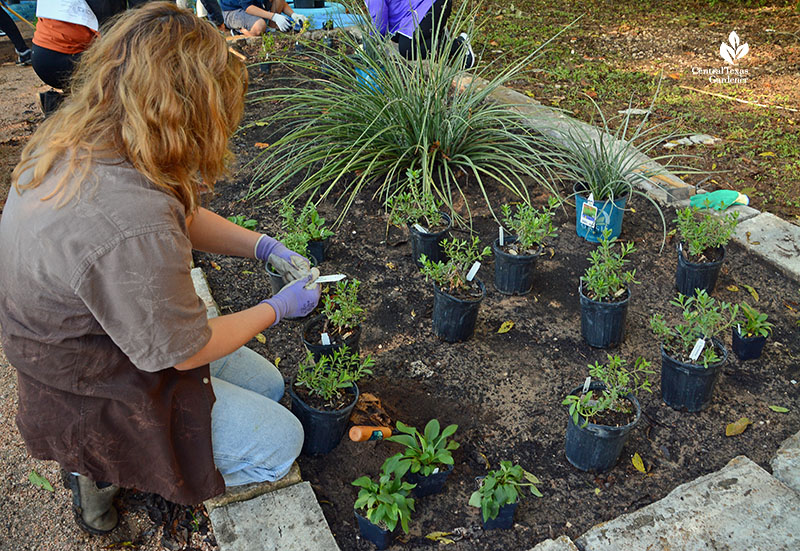
In Central Texas, fall is absolutely the best time to plant hardy perennials, trees, and roses. “They need as much time as possible to acclimate before temps get hot again!” she tells us. (This picture’s from our visit to Austin Youth River Watch last fall, when they planted a pollinator garden with Bat Conservation International on It’s My Park Day—November 4 this year.)
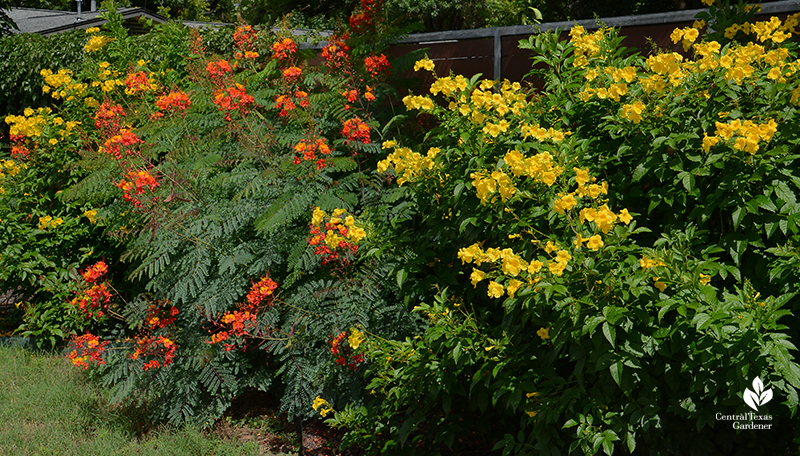
But fall is not the best time to plant tropical or frost-sensitive plants like Pride of Barbados, yellow bells (Tecoma stans), and plumbago. Let’s wait until after the last frost next spring. Mulch current plants, especially if your neighborhood lost plants the past few freezes.
PLUS, see how a paper wasp helped out Misty’s tomato plants this summer!
Check out the Wildflower Center Fall Plant Sale for your wildlife habitat!
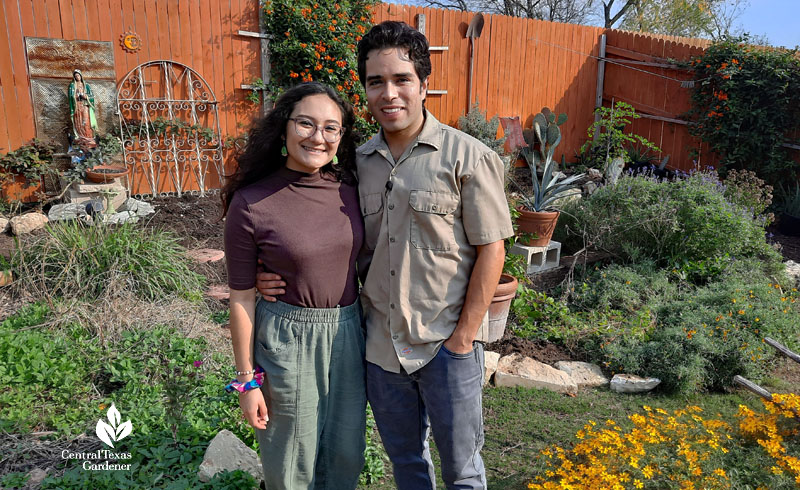
On tour in Hutto last December, we met young gardeners Ashley Nava-Monteros and Carlos Monteros who dug out lawn to create wildlife habitat.
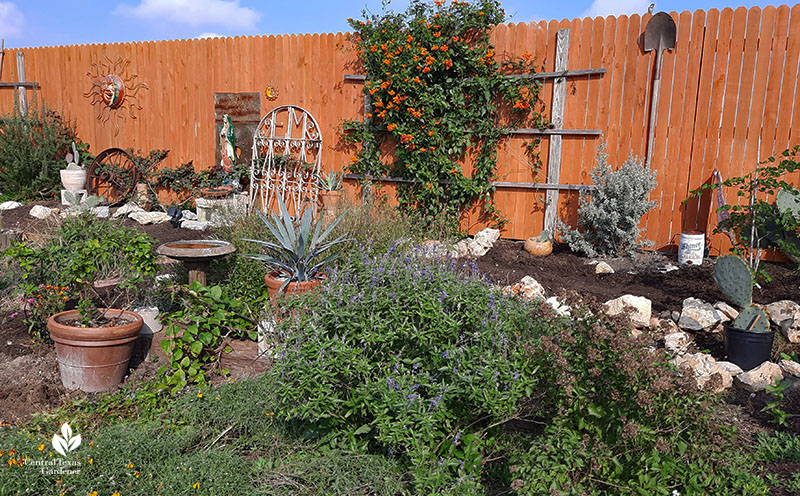
Originally from El Paso, they brought together plants and art that honor their cultural history and support wildlife with native and adapted plantings that thrive on clay soil. “I would describe our garden as the Southwest cottage. I just love all the flowers. Carlos seems to be more of the cacti enthusiast,” Ashley told us.
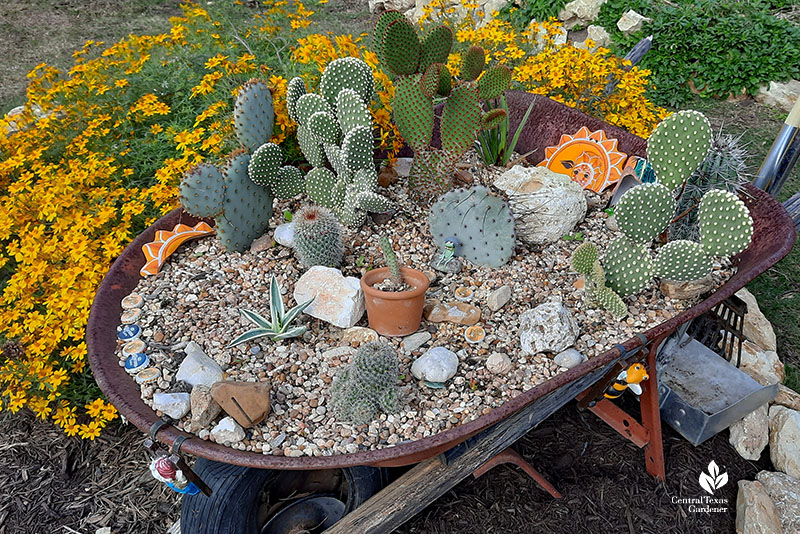
Read more about their garden and watch their story.
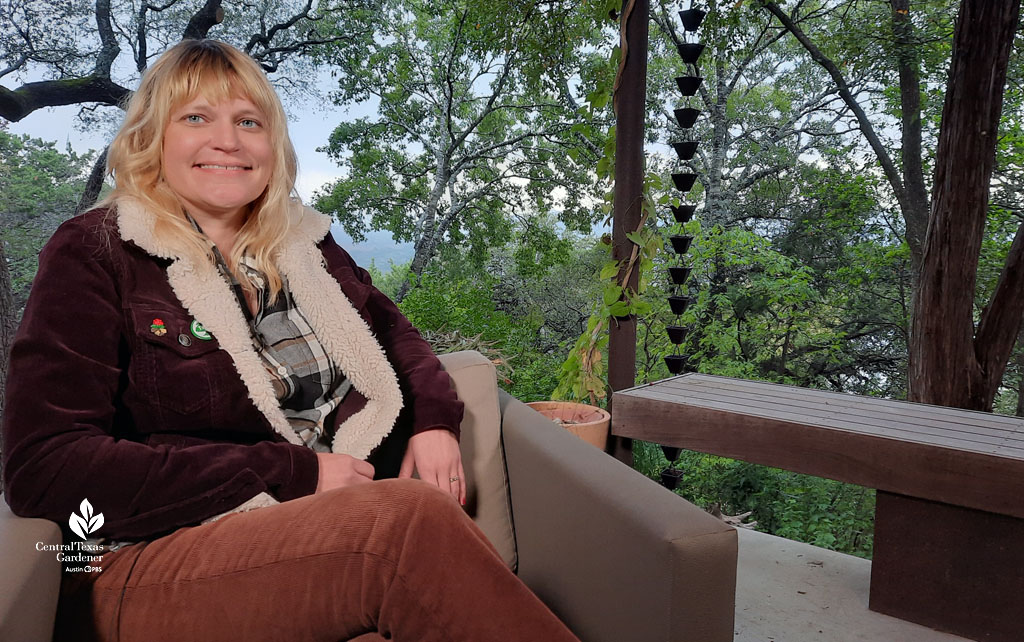
And, if you’re on clay soil or rocky clay soil, getting those new plants in the ground can be tricky. Designer Leah Churner explains how to get along and grow along.
Watch now or check your local listings!
Thank you for stopping by! Next week, we’ll show how to time share plants with Andrea DeLong-Amaya from the Wildflower Center. Linda
tags:
